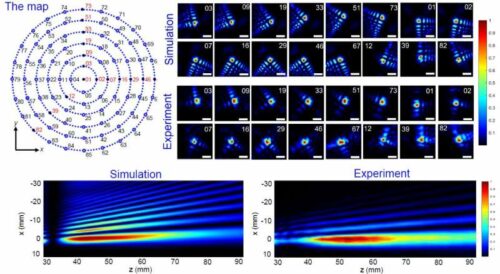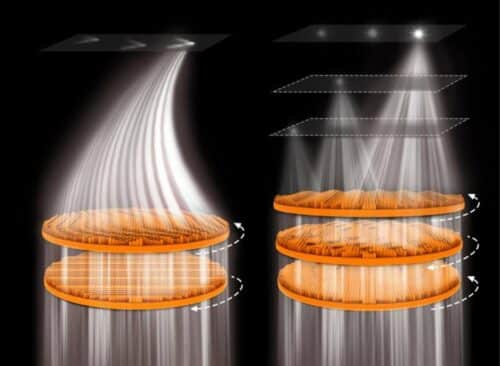Researchers have developed devices that can control the radiation direction and coverage area of THz beams of 6G technology.

The sixth generation or as we call it 6G wireless technology is expected to significantly improve on the speed, latency, capacity, reliability, and security of the 5G network. There have been early-stage experiments on 6G, such as using Terahertz (THz) frequencies, quantum technology, and integrating artificial intelligence to create a network that can support massive data traffic, low-latency applications, and interconnected devices beyond human capacity.
A research team at City University of Hong Kong (CityU) invented a groundbreaking tunable terahertz (THz) meta-device that can control the radiation direction and coverage area of THz beams. By rotating its metasurface, the device can promptly direct the 6G signal only to a designated recipient, minimizing power leakage and enhancing privacy. It is expected to provide a highly adjustable, directional and secure means for future 6G communications systems.

The meta-device consists of two or three rotary metasurfaces (artificial, thin-sheet material with sub-wavelength thickness), which work as efficient projectors to steer the focal spot of THz beams on a two-dimensional plane or in a three-dimensional space. With a diameter of 30 mm, each metasurface has about 11,000 micro-antennas, which are just 0.25mm x 0.25mm in size and different from each other.
Researchers conducted experiments and verified that the two kinds of varifocal meta-devices they developed—doublet and triplet meta-devices—can project the focusing spot of the THz wave into an arbitrary spot in a 2D plane and a 3D space, respectively, with high precision. Since only the user or detector in a specific spot can receive the signal, and the highly concentrated signal can be flexibly switched to other users or detectors without wasting power on nearby receivers or impairing privacy, the meta-device can increase directivity, security and flexibility in future 6G communications with lower energy consumption.

The metasurfaces are fabricated with high-temperature resin and a 3D printing method developed by the team. They are lightweight and small and can be easily produced in large scale at low cost for practical applications.
Reference : Jing Cheng Zhang et al, A 6G meta-device for 3D varifocal, Science Advances (2023). DOI: 10.1126/sciadv.adf8478







